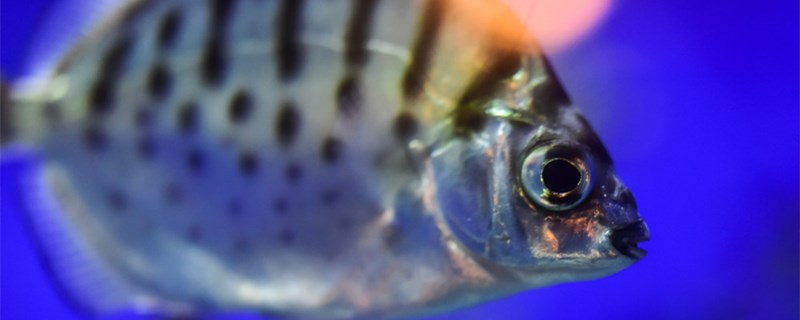
Fish are not endotherms. This kind of animal lives in the water, the body temperature will change with the environment, although there are very few fish can maintain body temperature, but compared with the real warm-blooded animals, there are still some differences. The advantage of poikilotherms is that they do not need extra energy to maintain their body temperature and grow faster, but their ability to adapt to the environment is also weaker.
1. Life in the water: The biggest difference between fish and terrestrial animals is that they both live in the water. On the one hand, they need to breathe in the water, on the other hand, deep-sea fish adapt to higher water pressure, once the water pressure changes, it will also lead to their death.
2. Breathing with gills: Fish breathe with gills. Water flows in from their mouths and then flows out from the two gills. The gill filaments in the gill cover are densely covered with blood vessels. Because the direction of blood flow is opposite to the direction of water flow, efficient gas exchange can be carried out. However, some fish can not only breathe with gills, but also have other auxiliary respiratory organs, such as swim bladder, intestinal tract and skin.
3. Movement by fins: Fish swim in the water by its fins, its tail fin is mainly responsible for providing power, but also to control the direction of swimming, pectoral fins in slow swimming can be used as oars, but also in high-speed swimming brake. The other fins are mainly responsible for maintaining balance, otherwise it will stagger.